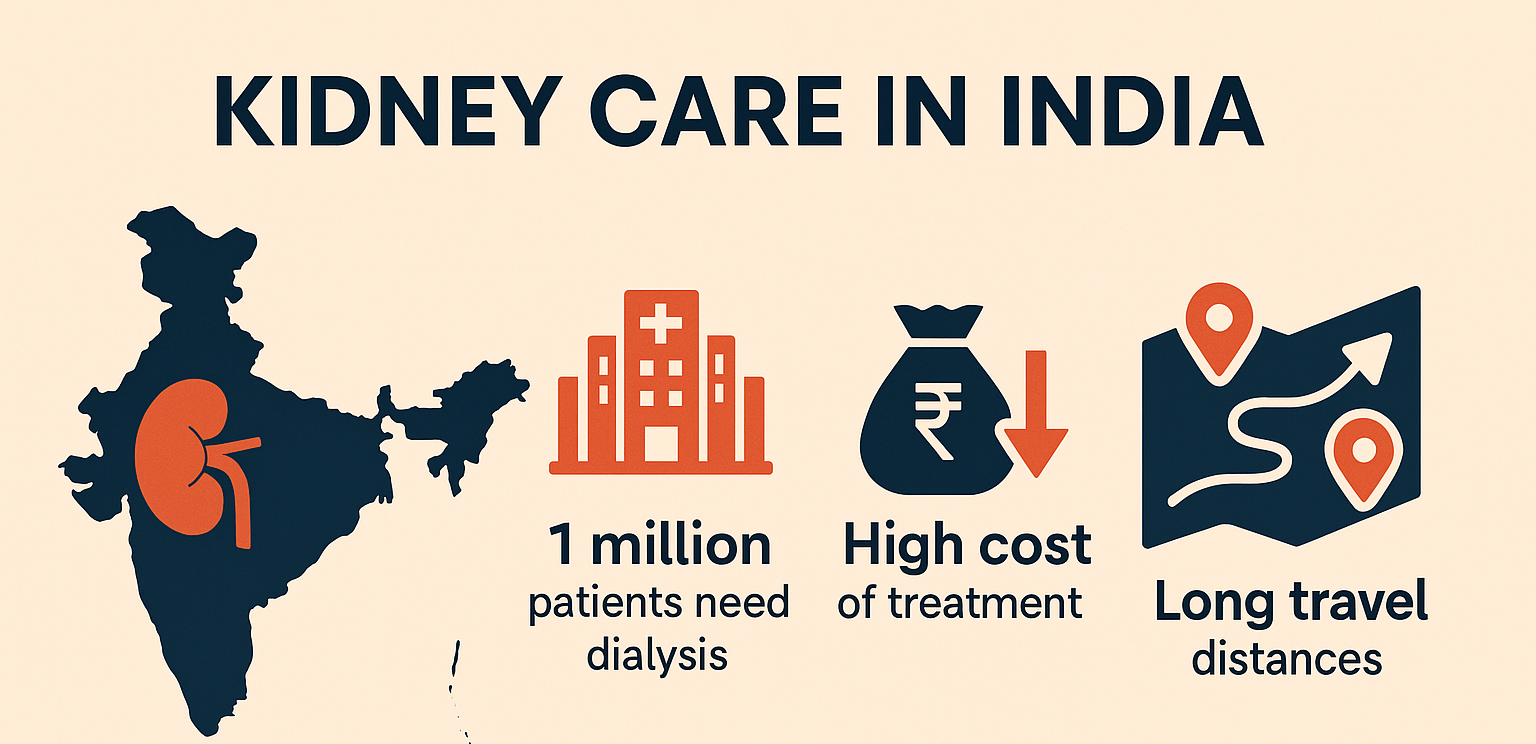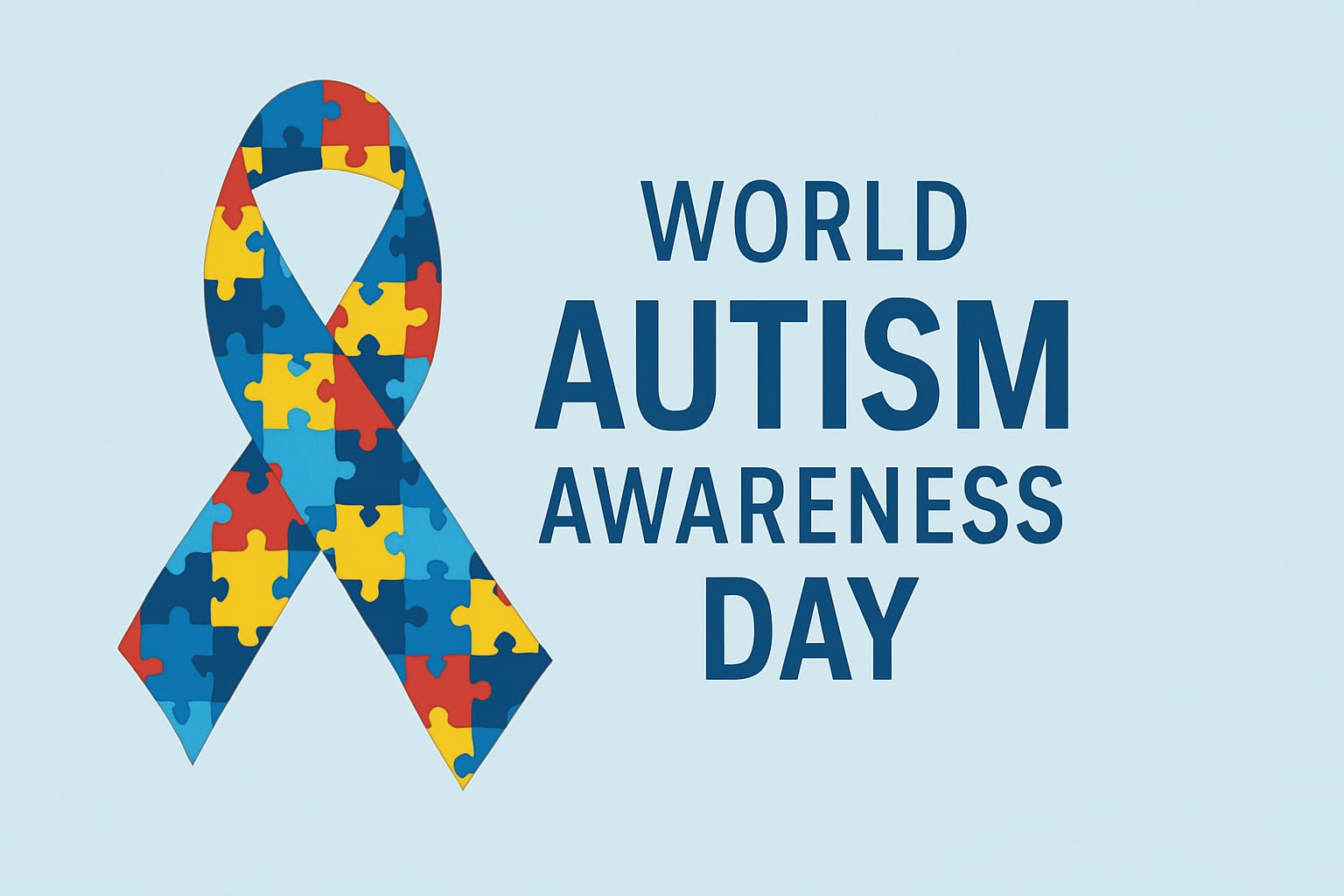Scented candles have become an essential part of modern living spaces, celebrated for their ability to create a soothing atmosphere. Whether the rich aroma of vanilla reminds you of a cosy cafe or the refreshing scent of eucalyptus sets a spa-like mood, these candles offer an instant escape from the daily grind. They also make for elegant gifts, adding charm and warmth to any home. But beneath their aesthetic appeal lies a lesser-known truth: scented candles could be silently affecting your health in ways you never imagined.
A study published in Nature Communications has shed light on the darker side of scented candles. It turns out that burning these seemingly harmless wax wonders may expose you to indoor air pollution that can damage your brain function and overall well-being. While most people focus on their calming properties, they remain oblivious to the toxic chemicals being released into the air with each flicker of the flame.
The soft glow of a candle paired with a delightful fragrance can create the perfect ambience. But have you ever considered what happens when that wax starts melting and burning? Researchers have found that scented candles release harmful particulate matter (PM) into the air, leading to indoor pollution that could impact your cognitive function.
To better understand these effects, scientists conducted an experiment where 26 adults were exposed to air from burning candles for an hour. Later, their cognitive abilities were assessed, and the results were alarming. Participants who inhaled the polluted air showed significant declines in selective attention and emotional recognition, two vital skills that play a role in decision-making and social interactions.
Selective attention allows us to focus on tasks while filtering out distractions, a crucial ability for productivity. Meanwhile, socio-emotional cognition helps us interpret emotions in ourselves and others, making it essential for healthy relationships. The fact that these abilities were compromised after just one hour of exposure raises concerns about the long-term effects of regularly burning scented candles at home.
The study also highlighted that scented candles contribute to inflammation in the brain. This type of inflammation has been linked to weak cognitive function, meaning that prolonged exposure could have serious consequences. Imagine the cumulative effect of years of burning candles gradually impairing memory, focus, and emotional responses without you even realizing it.
For individuals already at risk of cognitive decline, such as those with a family history of Alzheimer’s or other neurodegenerative diseases, this information is particularly concerning. If something as simple as lighting a candle can contribute to brain inflammation, it’s a habit worth reconsidering.
The hazards of scented candles extend beyond cognitive impairment. Christian Pfrang, a professor of atmospheric science at the University of Birmingham, has warned that these candles release aldehydes, chemical compounds that are harmful to human health.
Formaldehyde, a well-known aldehyde found in candles, is notorious for irritating the skin, throat, lungs, and eyes. Frequent exposure can trigger headaches, allergies, dizziness, and respiratory issues. What’s even more alarming is that formaldehyde is classified as a carcinogen, meaning it has the potential to cause cancer.
But aldehydes aren’t the only concern. When fragrance materials in candles burn, they release volatile organic compounds (VOCs) such as benzene and polycyclic aromatic hydrocarbons (PAHs). Both of these substances have been associated with an increased risk of cancer.
Beyond the brain and cancer risks, scented candles also pose a significant threat to cardiovascular and respiratory health. When burned, they emit fine particulate matter known as PM2.5, which is small enough to enter the lungs and even reach the bloodstream.
Additionally, scented candles produce harmful gases such as carbon monoxide (CO), nitrogen oxides (NO), and sulphur dioxide (SO2). These pollutants are linked to an increased risk of heart disease and asthma, making them particularly dangerous for individuals with pre-existing conditions.
For those who already struggle with respiratory problems, lighting a candle to create a relaxing environment might be making their symptoms worse. The irony is that something meant to bring comfort could instead be fueling long-term health issues.
How to Enjoy Candles Safely Without Compromising Your Health
Despite the risks, it’s unrealistic to expect people to completely stop using scented candles. However, there are ways to minimize exposure to harmful pollutants while still enjoying their warm glow and delightful aromas.
1. Improve Ventilation: Burning candles in a well-ventilated area can help disperse the toxins rather than allowing them to accumulate indoors. Open windows or use air purifiers to reduce the concentration of harmful chemicals.
2. Choose Safer Alternatives: Instead of paraffin-based candles, opt for those made from natural ingredients such as soy wax, beeswax, or coconut wax. These alternatives burn cleaner and produce fewer pollutants.
3. Avoid Synthetic Fragrances: Many of the harmful chemicals in scented candles come from artificial fragrance additives. Look for candles scented with essential oils rather than synthetic perfumes.
4. Limit Candle Use: Using candles occasionally rather than daily can significantly lower your exposure to harmful substances. Consider reserving them for special occasions rather than making them a daily habit.
5. Try Other Home Fragrance Options: If you love a fragrant home but are worried about the risks, explore alternatives like essential oil diffusers, potpourri, or simmering natural ingredients like cinnamon sticks and citrus peels on the stove.
Scented candles may seem like the ultimate mood enhancer, but the hidden dangers they bring cannot be ignored. From cognitive decline to cancer risks, their impact on health is far more severe than most people realize.
The choice Is ultimately yours will you continue to bask in the warm flicker of scented candles, unaware of their silent threats? Or will you take the necessary steps to enjoy their beauty without compromising your well-being? Awareness is the first step toward making healthier choices, and now that you know the risks, you have the power to decide

 The choice Is ultimately yours will you continue to bask in the warm flicker of scented candles, unaware of their silent threats? Or will you take the necessary steps to enjoy their beauty without compromising your well-being?
The choice Is ultimately yours will you continue to bask in the warm flicker of scented candles, unaware of their silent threats? Or will you take the necessary steps to enjoy their beauty without compromising your well-being?





.jpeg)














.jpeg)









.jpg)


.jpg)
